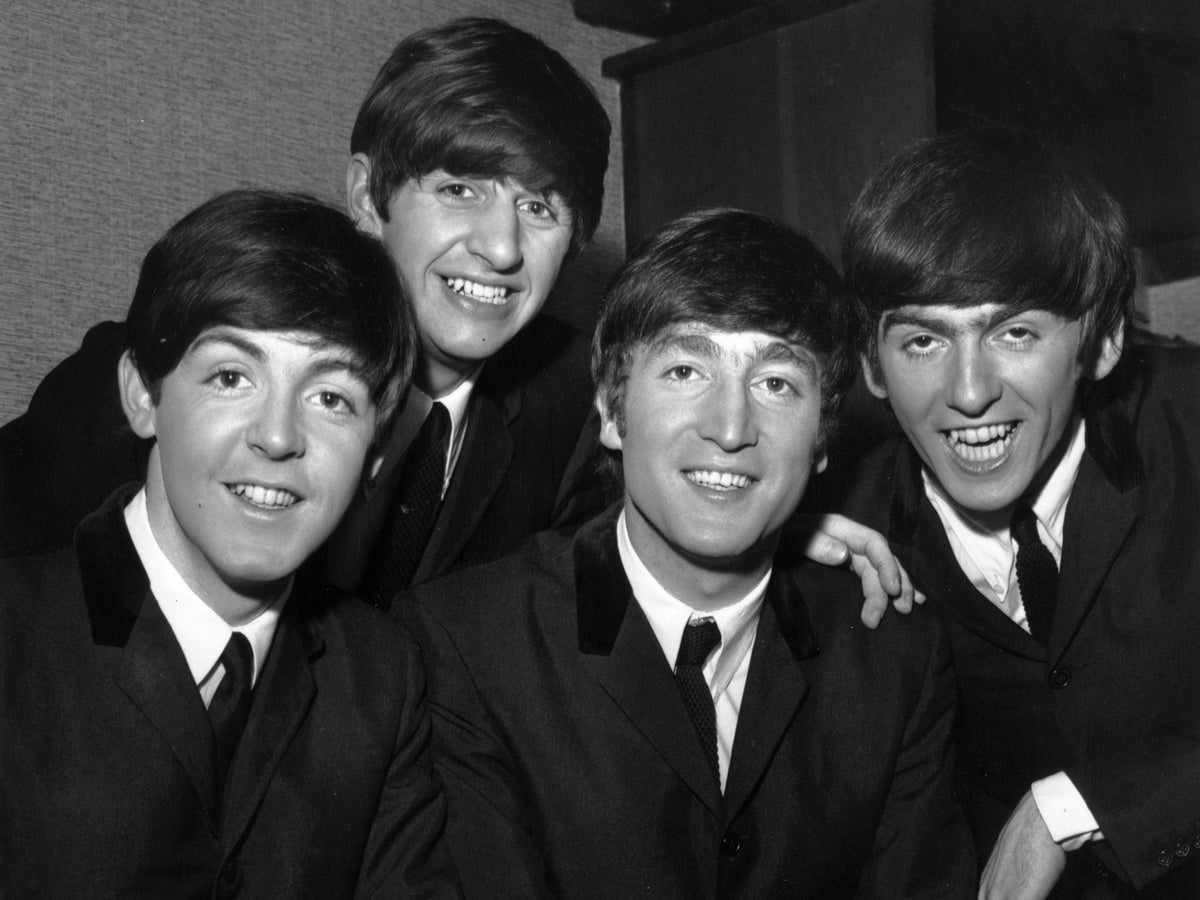This was a place I shared my learning up to December 2021.From 2022 onwards I used a different blog platform.
Wednesday, March 31, 2021
Anti-Vietnam Song: Woodstock - Music Through Time | Social Studies
Making Salts II | Science
Welcome to another post on my blog. Today, we did an experiment about making salts, again.
Aim: To produce copper sulfate salt by reacting copper oxide with an acid.
Equipment:
- Copper oxide powder
- (0.5 mol L-1 sulfuric acid
- 50 mL measuring cylinder
- 2 100 mL beakers
- Element (hot plate)
- Heatproof mat
- Funnel
- Filter paper
- Thermometer
- Spatula
- Evaporating basin
- Stirring rod
- Add 20 mL of sulfuric acid to a 100 mL beaker. Heat the acid using the element (hot plate) until it reaches 70°C. Turn off the element.
- Once heated, use a spatula to add pea-sized portions of copper oxide to the beaker. Stir the mixture for 30 seconds.
- Repeat step 2 until no more will disolve. Allow the beaker to cool.
- Fold the filter paper and place it in the funnel. Place the filter funnel into the second beaker.
- Make sure the beaker is cool enough to hold at the top. The contents should still be hot. You may need your teacher to complete this step.
- Gently swirl the contents of the beaker to mix, and then pour into the filter paper in the funnel. Allow to filter through.
- Rinse the beaker you used to heat to mixture previously, and place it back on top of your tripod filed with 50-60 mL of water.
- Place the evaporating basin on top of the beaker and carefully pour some of the solution from the beaker into the evapourating basin.
- Gently heat the beaker until the solution in the evapourating basin has reduced by half.
- Leave the evaporating basin to cool. Once cool, move the evaporating basin to a warm place where it will not be disturbed (i.e. a window-still) and observe over the next few days. Blue copper sulfate crystals should form.
Tuesday, March 30, 2021
Making Salts | Science
 |
| © Getty Images |
- 50ml and 200ml beakers
- HCl (Hydrochloric acid)
- NaOH (Sodium chloride)
- 25ml measuring cylinder
- A glass string rod
- Spotting tile
- Pipette
- Universal indicator solution
- Element (Hot plate)
- Heatproof mat
- Using the measuring cylinder, measure 10ml of HCl and pour it into the 50ml beaker.
- Add a few drops of NaOH at a time while stirring with the glass rod.
- Every 10-15 drops, stop adding the NaOH and use the pipette to transfer a drop of the solution to the spotting tile. Test its pH using the Universal indicator.
- Keep adding NaOH and test the solution by repeating step 3. As you get closer to netural you may need to test the solution after every drop.
- After reaching neutral (green), then put the beaker on top of an element at a high temperature.
- Leave the element on until the liquid has been evaporated and leaves salt.
Friday, March 26, 2021
ʻOumuamua - Reflection Section | Wānanga
 |
| An artist's concept of the 'Oumuamua interstellar object as a pancake-shaped disk. A new study suggests it was once part of a Pluto-like exoplanet. Image credit: William Hartmann Credit: https://cdn.mos.cms.futurecdn.net/PLTqNJsjSMfYFzKvtRY6rc-970-80.jpeg |
Perspectives - Beatlemania: Music Through Time | Social Studies
Welcome to another post on my blog. Last week, we started a new topic in the Music Through Time unit: Beatlemania. We completed a blog post about a Beatles song, I did it about the song, "I Want to Hold Your Hand". For this post, we had to look at two perspectives for the Beatles tour of New Zealand - for and against the tour.
For Tour:
The youth of New Zealand were for and happy with the tour of the Beatles. They were fans and were crazy about the Beatles songs. More than 3 000 excited fans, mainly girls, gathered at the airport, and at least 4 000 at the Hotel St George, where the Beatles were staying. The girls screamed on seeing their idols.
The songs of the Beatles and their contemporaries (including the local Beatles pastiche, Ray Columbus and the Invaders, with their huge hit "She's a Mod") were listened to by a generation of youths who felt that they were suddenly liberated from many of the inhibitions of their parents, and who believed that only they knew how to enjoy themselves properly.
Against Tour:
The parents, the older generation, were against the Beatles tour because their songs were inappropriate, about sex and drug use.
Some were on religious and traditional views who saw the Beatles leading to sin and trouble making. They protested with many signs.

Thomas Pearce, an Auckland politician said, "I welcomed home of footballers. There were all fine young men, but there was no civic or mayoral reception for them. If we are going to pander to the hysteria, antics, adulation, rioting, screaming, and roaring and all the things these bewigged musicians engender, then I think we should make a point of honouring any youths with a sporting background who are at least endeavouring to act in the best traditions of the young men of this nation."
Tuesday, March 23, 2021
Setting: Activity 1 | English
Thursday, March 18, 2021
"I Want to Hold Your Hand" - Beatlemania: Music Through Time | Social Studies
Welcome to another post on my blog. Today, we started a new topic in the Music Through Time unit, 'Beatlemania'. We looked at the social revolution between the 1950s and 1970s where the youths of that time protested restraint and lack of freedom. Also, we saw videos of the songs of The Beatles and the mental and madness of young women of The Beatles, this was called 'Beatlemania' - a term during the 1960s to describe the fan wildness and madness behaviour towards The Beatles during their early years of success.
 | |
| The Beatles | Genius at work: (from left) Paul McCartney, Ringo Starr, John Lennon and George Harrison in 1964 (Getty) Credit: https://www.independent.co.uk/arts-entertainment/music/beatles-best-albums-ranked-abbey-road-anniversary-paul-mccartney-john-lennon-a9108756.html |
The music I chose was 'I Want To Hold Your Hand', written by John Lennon and Paul McCartney in Jane Asher's basement. She was an actress and girlfriend of Paul McCartney.
The song "I Want to Hold Your Hand" was improved by the time the Beatles came to the studio on 17 October 1963 to record it.
The song was played on a Washington D.C. radio station (before released in America) by a DJ who got the record from a female flight attendant. It was a huge hit with his listeners. Capitol Records threatened to seek a court order banning airplay of "I Want to Hold Your Hand", which was already being spread to a couple of DJs in Chicago and St. Louis until the Beatles appeared on The Ed Sullivan Show. That threat was ignored, and the Capitol came to a conclusion that they released the song two weeks ahead of schedule on 26 December 1963.
The song was a hit on both sides of the Atlantic, in America, it sold more copies in the first ten days than any other Beatles single sold in the UK. In the first three days, the song had sold a quarter of a million copies.
"I Want to Hold Your Hand" was different from music from the 1940s and everything changed; long hair, weird dance moves, sexualised lyrics, and drug use.
The music in the 1940s was dull and simple, not talking about romance and love. It was simple songs.
Here is the lyrics to the song, "I Want to Hold Your Hand";
Oh yeah, I'll tell you somethin'
I think you'll understand
When I say that somethin'
I want to hold your hand
I want to hold your hand
I want to hold your hand
Oh please, say to me
You'll let me be your man
And please, say to me
You'll let me hold your hand
Now, let me hold your hand
I want to hold your hand
And when I touch you
I feel happy inside
It's such a feelin' that my love
I can't hide
I can't hide
I can't hide
Yeah, you got that somethin'
I think you'll understand
When I say that somethin'
I want to hold your hand
I want to hold your hand
I want to hold your hand
And when I touch you
I feel happy inside
It's such a feelin' that my love
I can't hide
I can't hide
I can't hide
Yeah, you got that somethin'
I think you'll understand
When I feel that somethin'
I want to hold your hand
I want to hold your hand
I want to hold your hand
I want to hold your hand

